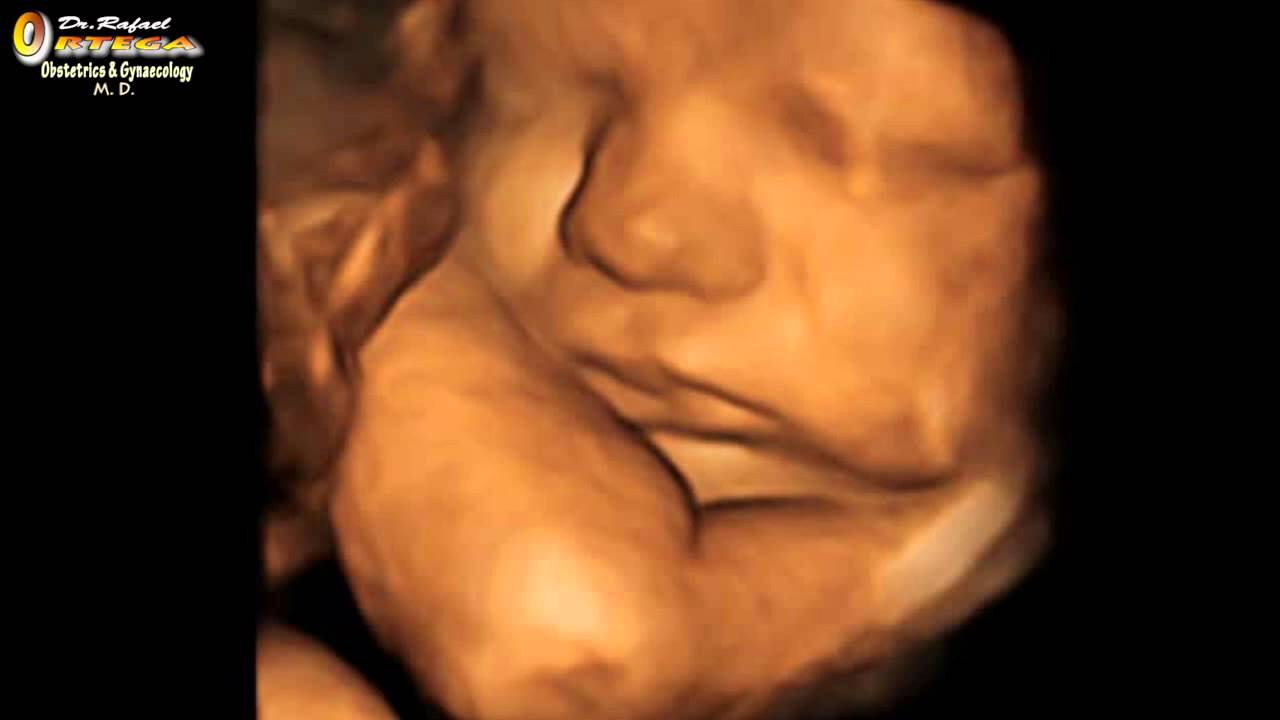Montana published its 2019 abortion report in March 2021. In 2019, chemical abortions composed well over half of all Montana abortions.
Abortion Totals and Trends
There were 1,568 abortions reported in Montana in 2019, a decline of six percent from the 1,674 reported the previous year (Fig. 1). Chemical abortions dropped by two percent, making up 58 percent of the total in 2019. The Charlotte Lozier Institute (CLI) estimates that Montana’s abortion rate was 8.0 abortions per 1,000 women ages 15-44, down seven percent from 2018 (Fig. 2). As of June 2021, 36 states had released 2019 abortion statistics, of which 14 reported that abortions had declined from the previous year.
State Report Summary
In 2019, 89 percent of Montana abortions were performed on Montana residents. Fifty-eight percent of the abortions were on women in their twenties (29 percent each on women ages 20 to 24 and 25 to 29). Ten percent of the abortions were on girls age 19 or younger, and 27 percent were on women in their thirties. Four percent of the abortions were performed on women age 40 or older.
A large majority of the abortions reported in Montana (88 percent) were performed on white women. Eight percent were performed on American Indian or Alaska Native women, and four percent were obtained by women of other races. Of the women undergoing abortions, 23 percent had one previous live birth, and 30 percent had two or more. Forty-one percent of the women had never had an abortion before, while 59 percent did have prior abortions with 40 percent having one previous abortion and 19 percent having more than one prior abortion.
Follow LifeNews on the MeWe social media network for the latest pro-life news free from Facebook’s censorship!
Seventy percent of the abortions reported in Montana occurred at eight weeks of gestation or earlier. Twenty-one percent were performed between nine and 13 weeks, and three percent were performed between 14 and 15 weeks of gestation. Thirty-four abortions (two percent) were reported from 16 to 17 weeks, and then again between 18 and 20 weeks of gestation. Eleven abortions were performed at 21 weeks of gestation or later.
Fifty-eight percent of Montana abortions were chemical abortions. Forty-two percent were conducted surgically, although the report does not indicate which specific procedures were used. There were zero intrauterine instillation or hysterectomy or hysterotomy abortions reported.
Pro-Life Bill
Recently, the Montana legislature passed bills to limit abortions on pain-capable babies, establish strong protections for babies who are born alive during failed abortions, restrict telemedicine chemical abortions (which have been enabled in the state by the TelAbortion Project), and give women undergoing abortions a chance to view their ultrasounds. CLI associate scholars testified on the science and medicine related to all four pro-life bills.
In previous sessions, similar pro-life legislation was vetoed by Montana Governor Steve Bullock. However, new pro-life Governor Greg Gianforte had indicated support for the bills and signed them into law. Rather than receiving a signature from the governor, the born-alive bill will go before the voters in a referendum in 2022.
State Ranking
In 2016, CLI released a report on abortion reporting across the United States, and Montana was tied for 23rd best. Historically, Montana’s abortion reporting form has included a space to report babies born alive during abortions, but this data has been unreliable and has not been recorded in Montana’s abortion data system. Since Montana voters will be considering a born-alive bill next year, Montana could consider ways to improve its data collection and reporting on born-alive infants. Montana could also report information on abortion complications.
Rates were calculated by CLI using the following formula: (total number of abortions performed in Montana ÷ number of resident women ages 15-44) x 1,000. Rates may differ slightly from previous CLI articles due to revised population estimates. Population estimates were obtained from the CDC WONDER database.
LifeNews Note: Tessa Longbons writes for the Charlotte Lozier Institute.








